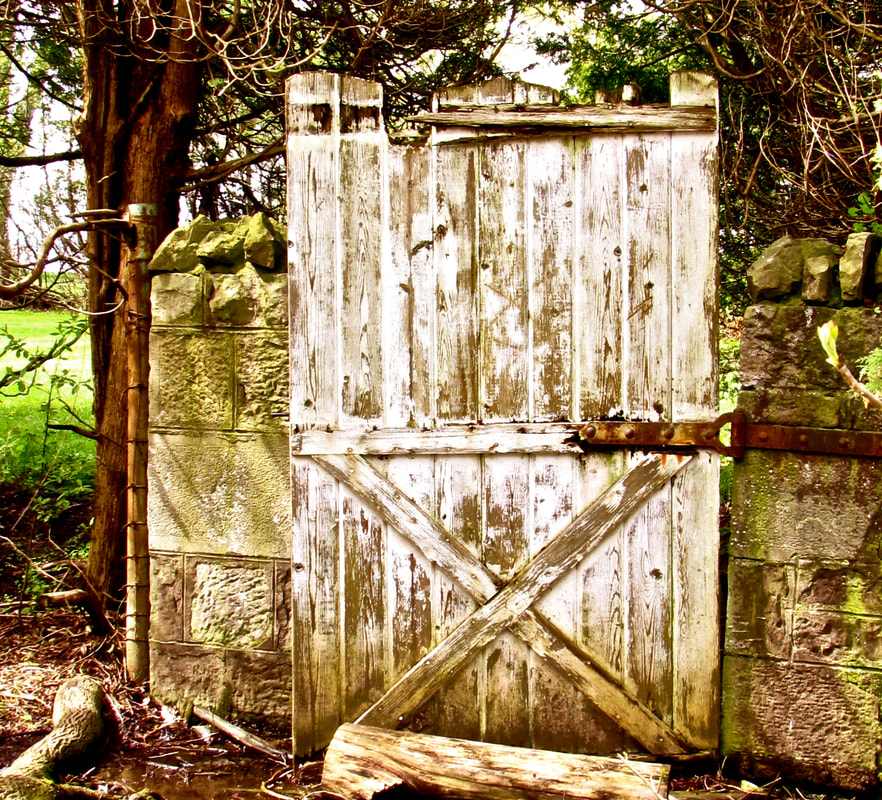 "The Floating World" #4 10 x 30 glaze oil
"The Floating World" #4 10 x 30 glaze oil The general truth of Wieseltier's observation applies as much to visual art as to journalism. For decades, the market has favoured that which is different for its own sake. I remember being shocked to be told by an art gallery curator that I certainly had the "skill set" but that I needed an "angle" or "something different" for my work to succeed.
This attitude that being different is preferable to being good is bad news for all representational artists; Nonetheless, though tarred with the same brush, we soldier on in the faith that nothing is more beautiful than what is real and that we cannot actually improve upon it. Think about the difference between animated people and living actors. While our facial recognition abilities may recognize digital creations as humanoids, our brains instanteously assess them as fake rather than superior. Flaws and irregularities, no matter how tiny, are what make each face unique, alive, and therefore beautiful. Nor can a thousand digital trees either fool us or compete with one real tree. Representational art neither mass-produces nor uses tricks nor tries to improve upon that which it represents. It simply seeks to find and honour the world's pied beauty. It chooses "force of expression" over "frequency of expression."
That is not to say that everything is beautiful. However, I have always thought that it was the task of an artist to mine the loveliness of life on Earth. Of the thousand or two photos I take each year, only ten or fifteen capture the essence of those moments I was compelled to record; those few I paint with the greatest force of expression I can muster, never forgetting that my paintings are only homages to the wonder of the real.

 RSS Feed
RSS Feed
